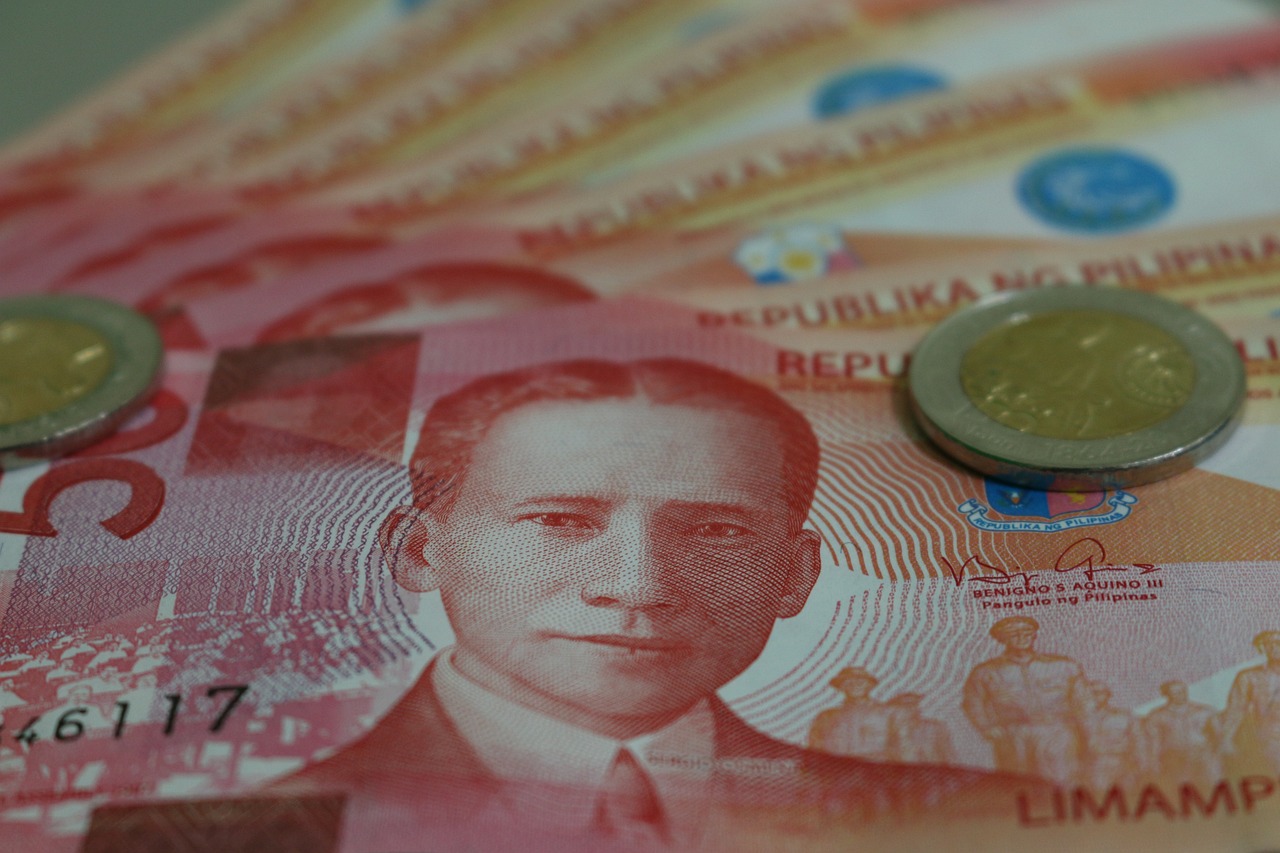FTX is moving ahead with plans to restart its flagship international cryptocurrency exchange, an effort that will face major challenges as regulators ratchet up their oversight of the industry and the company works its way through bankruptcy proceedings.
The company “has begun the process of soliciting interested parties to the reboot of the FTX.com exchange,” said Chief Executive
John J. Ray III,
who took over in November when the exchange filed for bankruptcy.
The crypto company has been holding early talks with investors about backing a potential restart of the FTX.com exchange through structures including a joint venture, people familiar with the discussions said.
FTX would likely rebrand as part of any restart, these people said. The talks include possible compensation for certain existing customers, possibly by offering them stakes in any reorganized entity, the people said.
Blockchain technology company Figure has indicated its interest in helping back a restart of FTX, people familiar with the matter said. Figure was part of an investment group that bid for the rights to restart Celsius Network, another bankrupt crypto business, but lost out to a consortium backed by Fortress Investment Group.
Advertisement – Scroll to Continue
Other parties that may want to help finance or participate in the restart of FTX must submit initial indications of interest this week to the company and its advisers, people familiar with the matter said.
“I find the restart of FTX a pretty tall order given the recent enforcement actions against U.S. crypto companies and the major reputational damage FTX has suffered,” said
Thomas Braziel,
partner at 507 Capital, a fund that has become a creditor to bankrupt crypto companies including FTX and Celsius after buying tens of millions of dollars of customers’ claims.
In January, Ray told the Journal that despite alleged criminal conduct at FTX, customers and other stakeholders said the exchange’s business model was fundamentally viable, and that he was setting up a task force to explore the exchange’s restart.
FTX is trying to come up with a reorganization plan that keeps its flagship exchange alive in the hopes that will be a better outcome for its millions of customers than closing down. But amid a growing crackdown on crypto by U.S. regulators and new allegations of past misconduct at FTX, participants in the exchange’s bankruptcy say a restart is far from guaranteed.
Advertisement – Scroll to Continue
FTX’s efforts to reboot will unfold as U.S. regulators, who have criticized the business models of some of the crypto sector’s largest companies, move to rein in the industry.
Earlier this month, the Securities and Exchange Commission sued Binance, the world’s largest crypto platform, and
Coinbase,
the biggest U.S. platform, separately, alleging they operated as securities exchanges without properly registering their business with the SEC.
Although many of the world’s cryptocurrency exchanges operate in offshore jurisdictions like the Bahamas, regulators in the U.S. have a number of ways to potentially claim jurisdiction over foreign operations, according to Todd Phillips, fellow at the Roosevelt Institute, a think tank.
“Securities laws can be applied and enforced to the extent that there is a connection to people or entities based in the United States,” Phillips said. “Even if FTX restarts abroad and is only facilitating trades between non-Americans, if the SEC determines that a token traded on the exchange is a U.S. security, that could impact its ability to operate.”
FTX’s restart is also in part predicated on the exchange’s ability to recover misspent customer funds, which it could use to return some of the $11 billion that customers believed was safely stored on the exchange. Those efforts so far have proven a challenge.
Investigations overseen by Ray uncovered new details of how FTX spent customer funds without their knowledge, making multimillion-dollar investments that ranged from
Robinhood Markets,
the publicly traded stock-market app, to Modulo Capital, a little-known cryptocurrency hedge fund started by associates of FTX co-founder
Advertisement – Scroll to Continue
Sam Bankman-Fried.
Ray and his legal and financial advisers also have hinted that much of the misappropriated money might be impossible to get back. In its first months after taking over, Ray’s team completed a forensic audit of FTX’s assets and identified a shortfall of around $9 billion owed to customers on its main international exchange, based on $2 billion of assets and $11 billion owed to customer accounts.
“FTX has a long way to go to raise funds, clear debts and gain trust,” said Louise Abbott, a partner at U.K. law firm
Keystone Law
who is representing some customers who have funds trapped on the FTX exchange.
To plug the $9 billion shortfall, FTX’s managers have been selling assets and seeking to recover donations and investments made with customers’ cash. However, many of the investments made by Bankman-Fried in the months before the exchange collapsed are proving to be worth substantially less than FTX paid for them.
Advertisement – Scroll to Continue
The company recently received approval to sell U.S. derivatives exchange LedgerX for $50 million, a fraction of its original purchase price of $298 million. FTX is trying to claw back funds from stock-trading platform Embed, which it bought for $240 million last year. Today, FTX’s managers estimate that Embed could be sold for no more than $1 million.
FTX’s plan to restart offers some hope. In general, creditors in bankruptcies fare better when the underlying company reboots instead of being sold for parts. That is especially true for FTX: One of the largest pools of crypto assets that could be distributed to customers is FTT, FTX’s own in-house token that customers used to help pay for transactions and trade with one another on the platform. Without a revival of the exchange, the FTT tokens likely don’t have a use-case and could end up being worthless.
The company has yet to resolve its dispute with Bahamian liquidators who seized around 195 million FTT tokens from the exchange’s accounts in November. A settlement framework with the Bahamian liquidators has broken down, leading to more litigation over the assets’ rightful owners.
The restructuring efforts and related litigation are expensive. As of April, the company had racked up roughly $200 million in professional fees, which must be paid ahead of customers before any exit from chapter 11. FTX is on track to present a formal reorganization plan in July, which would include initial assessments of how the company would try to compensate creditors.
“Let’s try and find a way to cooperate,” Judge
John Dorsey
of the U.S. Bankruptcy Court in Delaware said in a recent court hearing. “The customers’ assets are wasting away every day we remain in bankruptcy.”
—Peter Rudegeair contributed to this article.
Write to Alexander Saeedy at alexander.saeedy@wsj.com
Credit: Source link















































